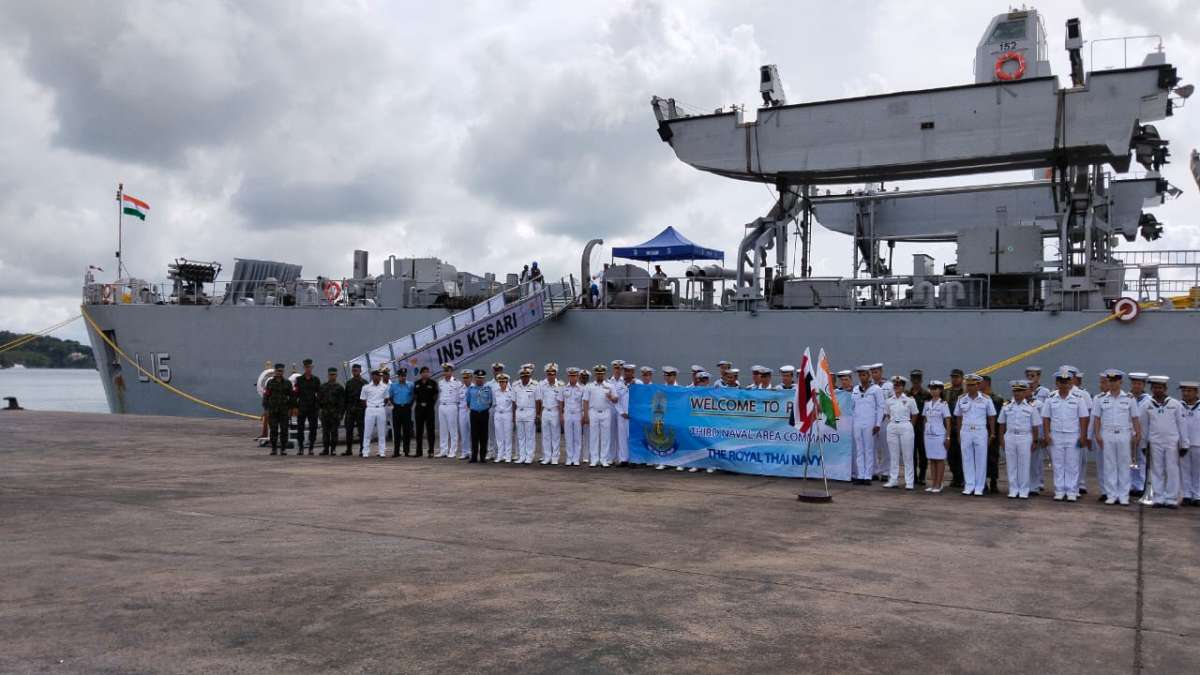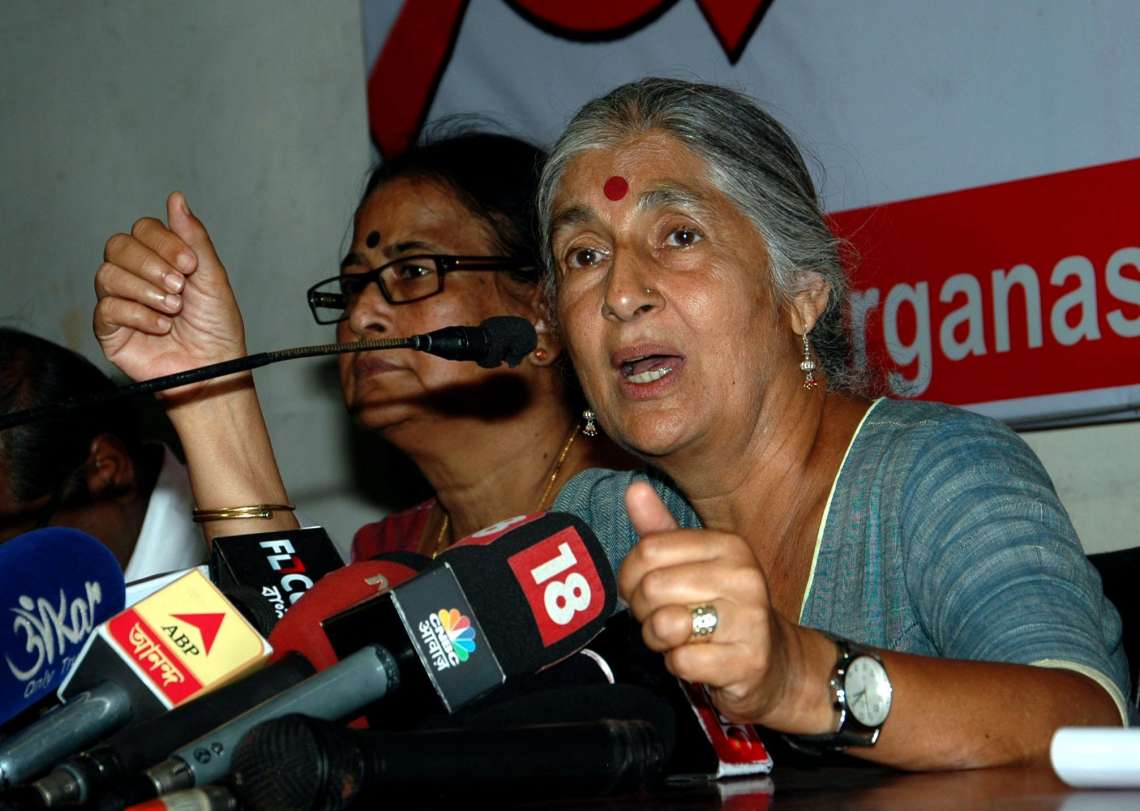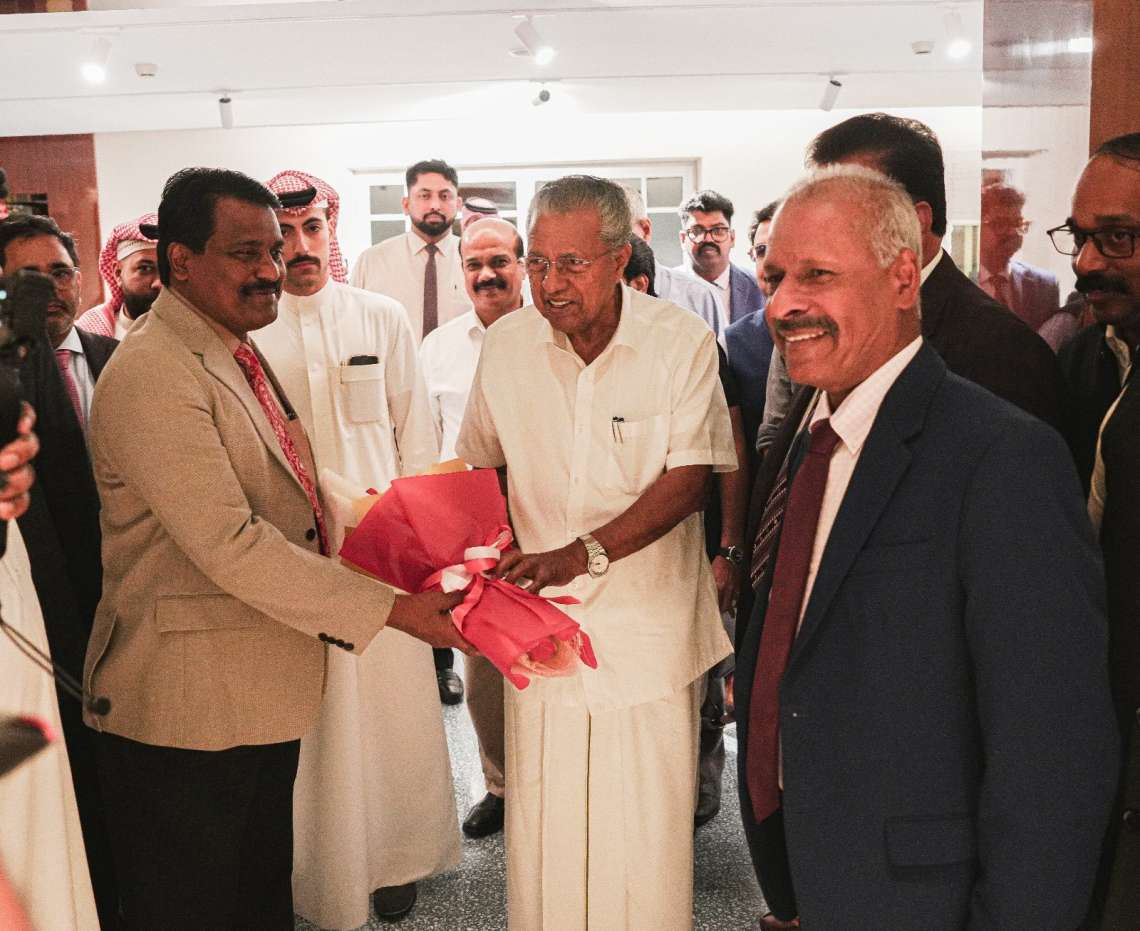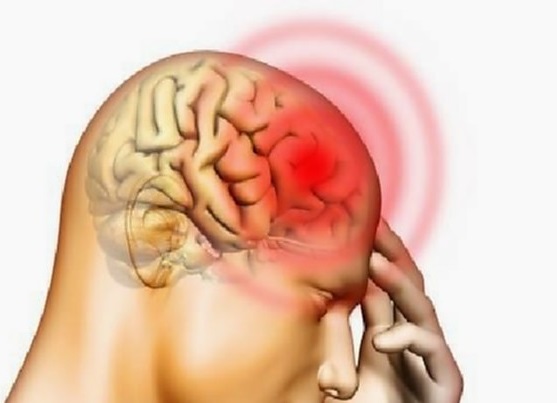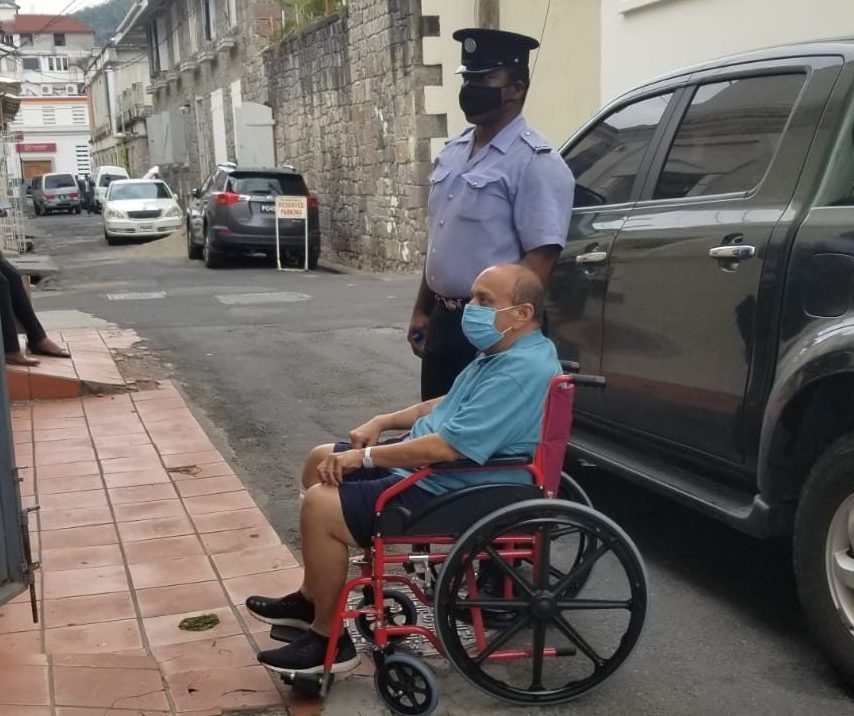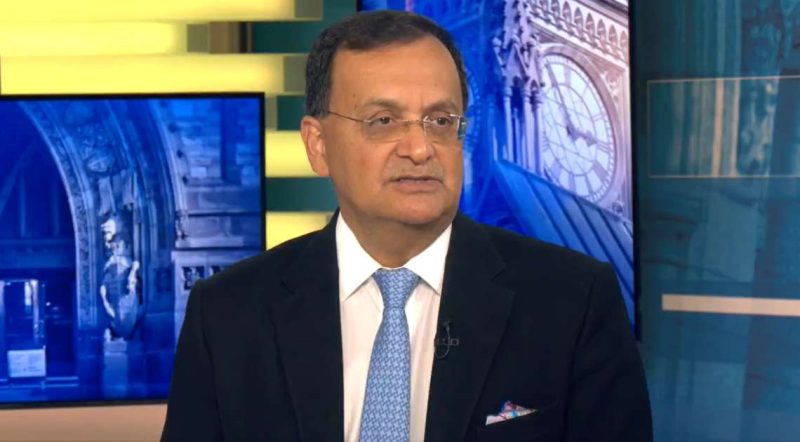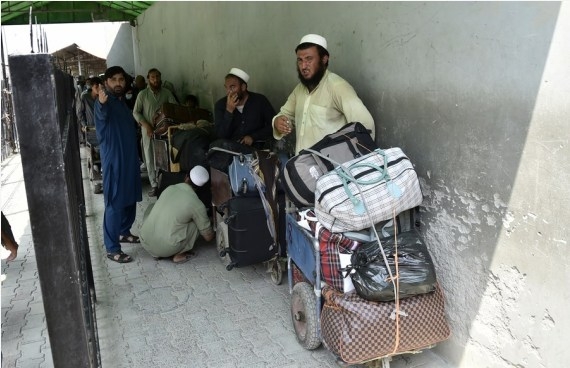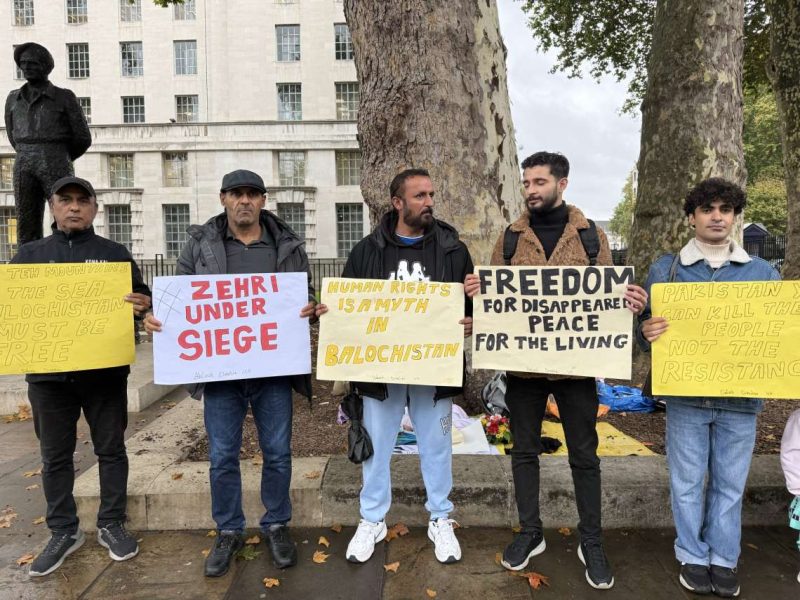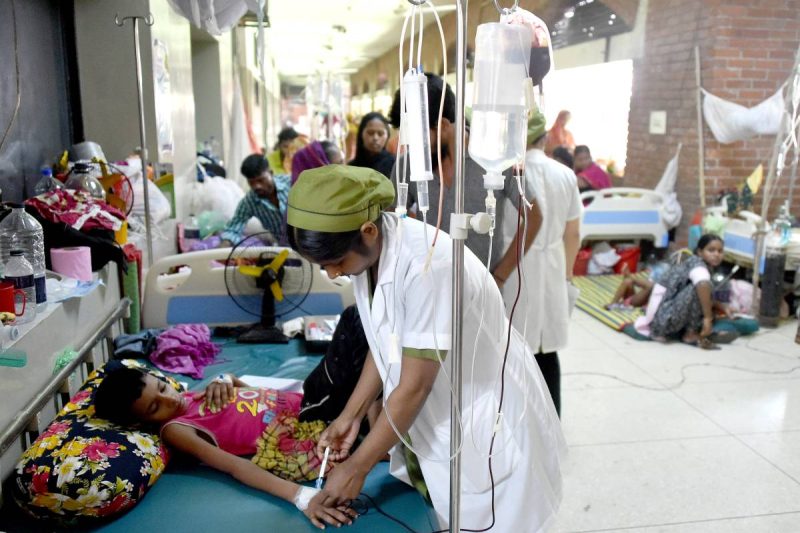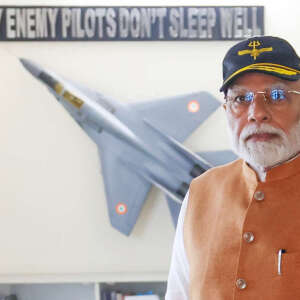US Vice President J.D. Vance defended President Donald Trump’s approach to trade as pragmatic and future-oriented.
In a significant move signalling deepening economic cooperation between India and the United States, both nations have officially finalised the terms of reference for ongoing trade negotiations. The announcement came during US Vice President JD Vance’s visit to India, where he met with Prime Minister Narendra Modi and addressed a gathering in Jaipur.
Vice President Vance emphasised that the trade talks are aligned with the strategic vision outlined by President Donald Trump and Prime Minister Modi, who had earlier set an ambitious target of doubling bilateral trade to $500 billion by the end of the decade. “What President Trump and Prime Minister Modi announced in February is more than just a number,” said Vance. “It’s a vision both leaders are committed to realising, and everything we are doing is aimed at getting us there.”
He highlighted that the terms of reference lay a formal foundation for the negotiations and establish a clear roadmap towards a final deal. “This is a vital step,” said Vance. “It reflects our shared priorities: creating new jobs, building resilient supply chains, and ensuring prosperity for workers in both our nations.”

“This is a vital step. It reflects our shared priorities: creating new jobs, building resilient supply chains, and ensuring prosperity for workers in both our nations.”
– J.D. Vance, US Vice President
The finalisation of the terms of reference follows extensive high-level discussions between the two governments, and comes at a time when bilateral trade relations have been warming significantly. Vance defended President Trump’s approach to trade as pragmatic and future-oriented. “The goal,” he said, “is not protectionism, but rebalancing trade to create a better and more equitable global economy.”
US Treasury Secretary Scott Bessent also weighed in from Washington, stating that India is poised to be the first nation to finalise a trade deal under the current US administration. Speaking on the sidelines of the Spring Meetings of the International Monetary Fund and World Bank, Bessent said, “India has fewer non-tariff trade barriers, no currency manipulation, and minimal government subsidies — all of which make it much easier to reach an agreement.”
According to Bessent, the current focus is on addressing high tariff rates, one of the remaining sticking points. However, he suggested that talks were “very close” to reaching a deal.
The urgency of the talks has increased as the US has warned that a 26 per cent reciprocal tariff rate may take effect in July if no agreement is reached. In response, India has made several concessions, including reducing tariffs on key US exports such as Harley-Davidson motorbikes and bourbon whiskey — issues that President Trump has frequently highlighted. New Delhi has also indicated plans to expand energy and defence purchases from the United States.
Finance Minister Nirmala Sitharaman, speaking earlier this week at Stanford University’s Hoover Institute, reaffirmed India’s commitment to finalising a trade pact. “India’s biggest and top-most trading partner is the United States,” she said. “That importance is not lost on this government.” She also stated that India was one of the first nations to initiate negotiations under the new trade policy framework set by Washington.
Sitharaman expressed optimism that the initial segment of the trade agreement could be finalised by autumn. Speaking to the Indian diaspora, she reiterated that the US remains India’s largest and most vital trade partner.
Currently, bilateral trade stands at $129 billion, with a $45.7 billion trade surplus in India’s favour. Both governments see the trade agreement not merely as a financial transaction but as a strategic partnership capable of reshaping global economic dynamics.
The Vice President’s office has described the talks as “an opportunity to negotiate a modern trade agreement focused on job creation and citizen well-being.”
As discussions move into the next phase, expectations are high that a full-fledged deal will not only cement economic ties but also bolster geopolitical cooperation in an increasingly multipolar world.



